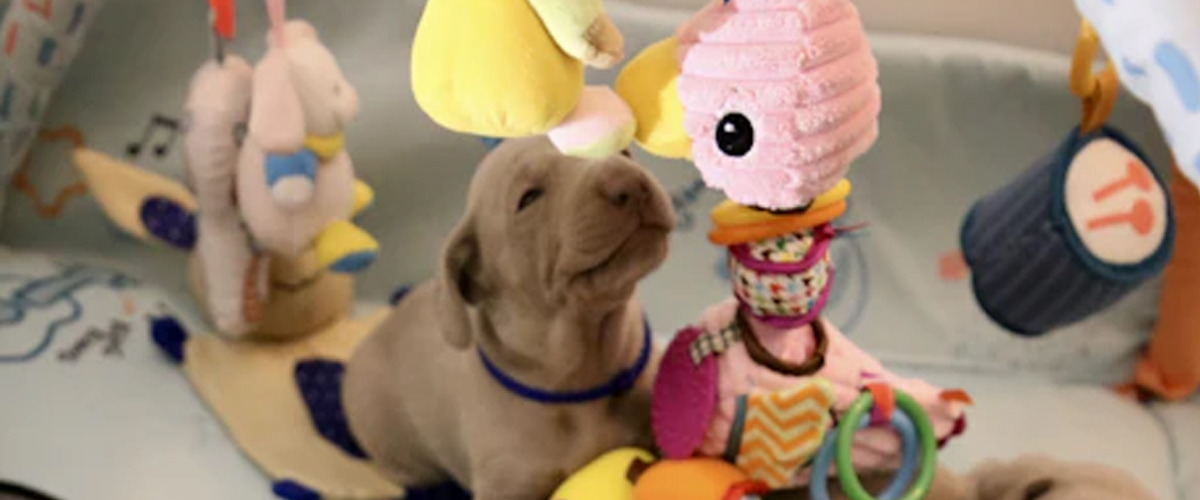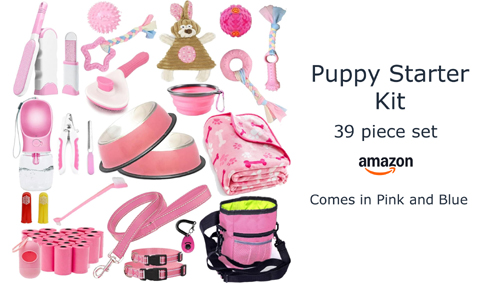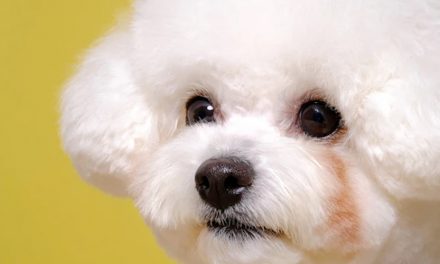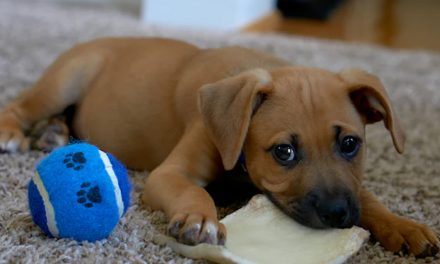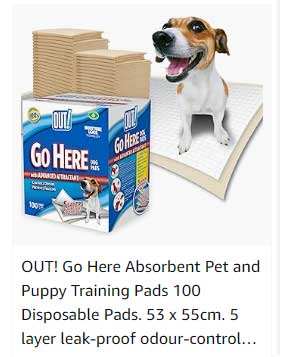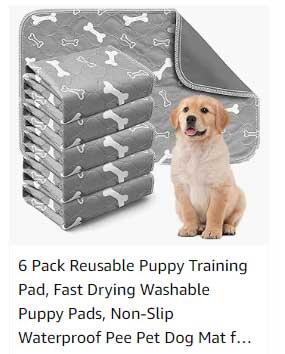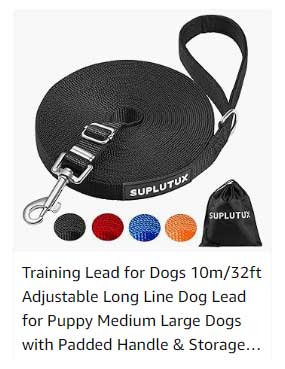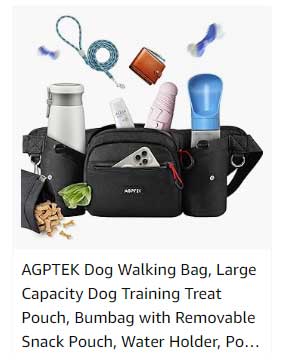As dog owners and puppy lovers, we all want the best for our furry companions.
A significant part of raising a happy and healthy puppy involves providing a stimulating environment that encourages play, learning, and socialization.
One effective way to achieve this is by creating a dedicated puppy playroom.
Not only does it keep the puppy engaged, but it also plays a crucial role in their developmental assessments.
UNDERSTANDING THE IMPORTANCE OF PLAY
Play is an essential aspect of a puppy’s development.
It is during playtime that puppies learn vital social skills, motor skills, and cognitive abilities.
Just as with young children, the right environment can greatly enhance these learning experiences.
A puppy playroom serves as a safe haven where they can explore, interact, and grow without the distractions and hazards found in other areas of the home.
DESIGNING THE PERFECT PLAYROOM
When designing a puppy playroom, consider the following key elements to ensure it meets your puppy’s developmental needs:
1. Space and Layout:
The playroom should be spacious enough for the puppy to run around and explore.
A dedicated area of your home, such as a spare room or a section of the living room, can be transformed into a playroom.
Use baby gates to create a boundary and provide your puppy with a safe space for activities.
2. Safe Flooring:
Choose flooring that is easy to clean but also soft enough to protect your puppy’s joints.
Rubber mats or soft rugs can provide traction and comfort while preventing slips and falls.
3. Engaging Toys:
Incorporate a variety of toys that cater to different stages of development.
Chew toys, interactive puzzles, and plush toys can engage your puppy mentally and physically.
Rotate the toys regularly to maintain their interest and challenge their problem-solving skills.
4. Sensory Elements:
Enhance the playroom’s sensory appeal by including items that stimulate the senses.
Textured mats, mirrors, and soft music can create a more enriching environment.
You can also introduce scents, such as essential oils (in safe quantities), to provide a calming effect during playtime.
5. Socialization Opportunities:
If possible, invite other friendly puppies or dogs to join in play sessions.
This is crucial for teaching appropriate social behaviors and boundaries.
Make sure to supervise all interactions to ensure the safety of all animals involved.
6. Designated Rest Areas:
Puppies need to learn when to play and when to rest.
Create cozy corners with soft bedding where your puppy can take breaks.
Offering a safe retreat helps prevent overstimulation and ensures your puppy can recharge when needed.
TRACKING DEVELOPMENTAL PROGRESS
Once your puppy playroom is set up, it becomes a valuable tool for tracking your puppy’s developmental milestones.
You can observe various aspects of development through play, including:
1. Social Skills:
Watch how your puppy interacts with toys and other dogs. Are they friendly and curious?
Do they show signs of play aggression or fear?
Note these behaviors to help guide future training.
2. Motor Skills:
Pay attention to your puppy’s physical agility—are they running, jumping, and climbing confidently?
Analyzing their movements can give insights into their physical development and any areas that may need improvement.
3. Problem-Solving Abilities:
Introduce puzzles and interactive toys to assess your puppy’s cognitive skills.
How quickly do they learn to navigate toys?
Do they demonstrate curiosity or persistence?
This information is vital in understanding their mental growth.
4. Confidence Levels:
An ideal playroom allows your puppy to explore and venture into different areas.
Notice their willingness to try new things and how they react to minor challenges.
A confident puppy is more likely to thrive in various environments.
Conclusion
Creating a puppy playroom not only enhances the joy of pet ownership but also plays a pivotal role in fostering healthy development in your puppy.
By considering key elements and actively engaging in your puppy’s playtime, you can effectively enhance your puppy’s social, motor, and cognitive skills.
As you monitor their progression through various developmental assessments, you set the foundation for a happy, well-adjusted, and confident canine companion.
Investing time and effort in setting up this creative space will undoubtedly pay off in the long run, enabling your puppy to grow into a delightful adult dog.

